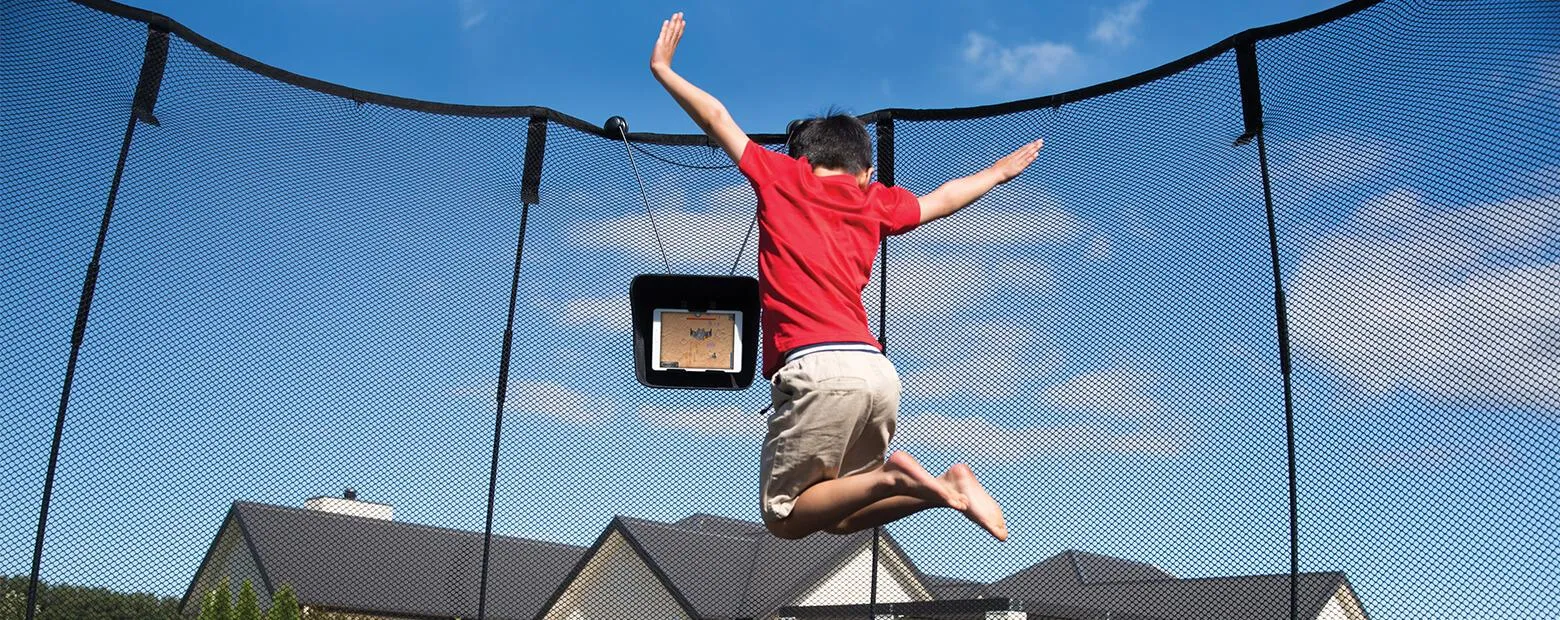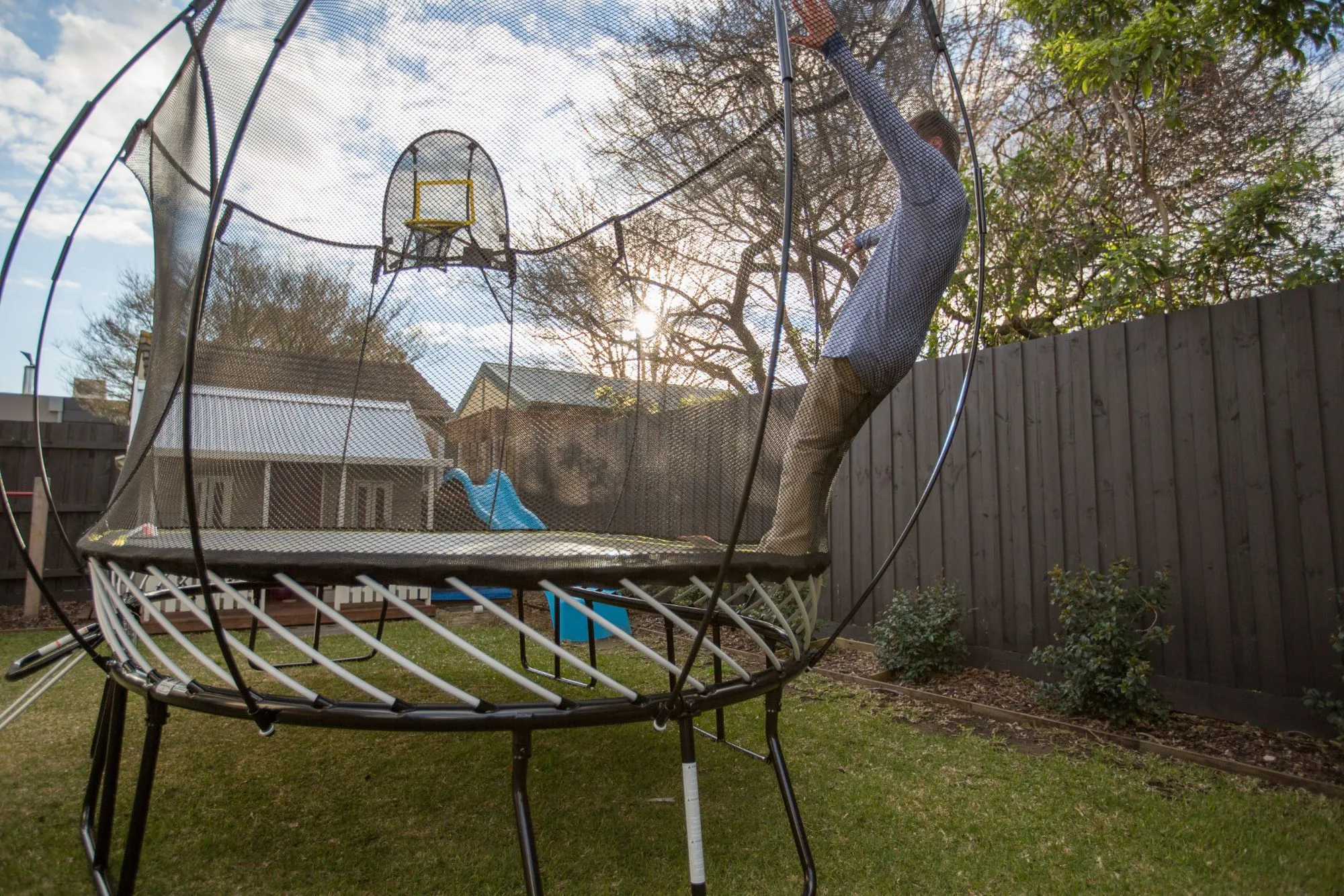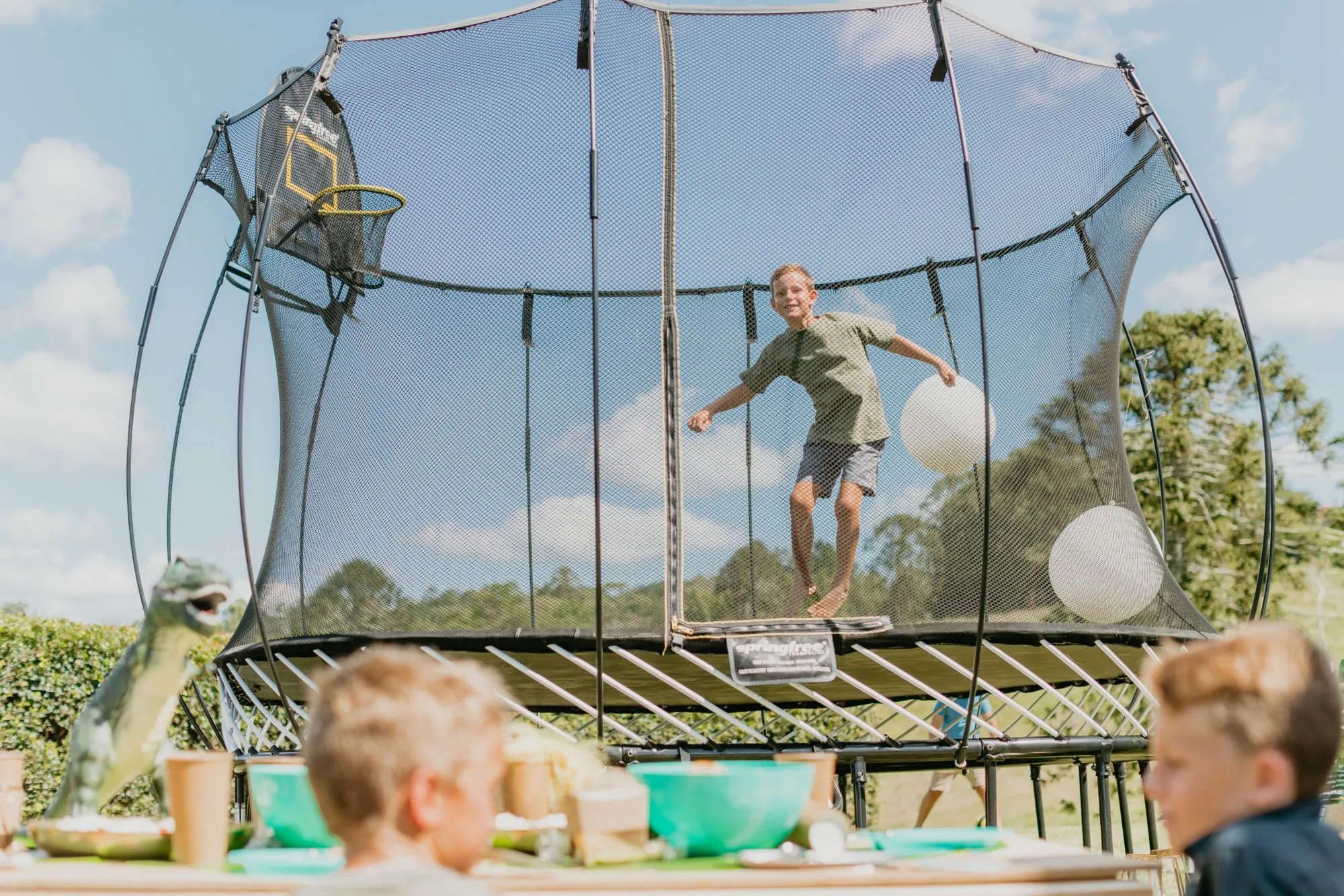Every day parents are inundated with new stats and studies about how much screen time is ‘appropriate’ for children. Throw in how easy it is to use screens to get some extra time to run errands or keep them entertained at the doctor’s office. Then add a dash of parental guilt for letting them use screens at all.
It’s enough to make any parent’s head spin.
Kaly Sullivan from Scary Mommy put it perfectly – “screen time comes with an unspoken judgement: If you need screen time to parent your kids, then you’re not that great of a parent.”
We say, let go of the screen time guilt. Games can be a great way to engage children in learning, exercising, and even motivate them to get outside and active.
Passive vs. Active Screen Time
One of things parents fear most about screen time is seeing their child sitting on the couch, staring blankly at the screen, not even moving. This is passive screen time – it doesn’t require any mental or physical effort from the child.
Active screen time, on the other hand, allows children to engage their brain to build, create and interact with what they are doing. Think of activities like making videos and programming with Scratch (a coding platform for kids) that require kids to actively engage with the screen.
The tgoma game system for our smart trampolines is another way to turn screen time into active time. Kids use their brain to figure out where to jump next in the game, solve math problems or answering trivia questions all the while being, literally, active.
Educational Screen Time
If you go into the App Store and search for “educational games” you will get thousands of apps. Games can be an excellent tool to help your child learn – everything from practicing math skills to word games. Even using screens to get kids moving can help improve their memory and concentration at school!
Researchers found that kids who ran for 15-45 minutes before school were less distracted and more attentive to schoolwork. That’s why we created Math Hopper for tgoma – to get kids learning and moving at the same time. Kids solve math questions on the screen by jumping three times on the mushroom with the correct answer. It’s perfect for kids of all ages and math skills of all ranges.
Read more about how exer-learning is "Miracle-Gro for the brain" here.
Family Screen Time
There are plenty of ways to make screen time something you do together as a family. Having a family movie night can be a great way to spend time together. Studies have shown that playing video games with your children can help to teach them good sportsmanship and etiquette. For example, using tgoma on your Springfree you can create family challenges like who can do the most jumps in 15 minutes or get the highest score on Alien Stomp. It gives kids their screen time, makes it active, and even gives you a workout too!
Leave the Guilt Behind
The important thing to remember is that kids can use screen time in a positive way. As ‘digital adults’ we are frequently on devices at home. It’s hard to limit screen time for kids when you may need to be on a device for work, shopping or just for entertainment. Let go of the guilt and encourage kids to use their screen time towards active or educational games to exercise their body and brain.










